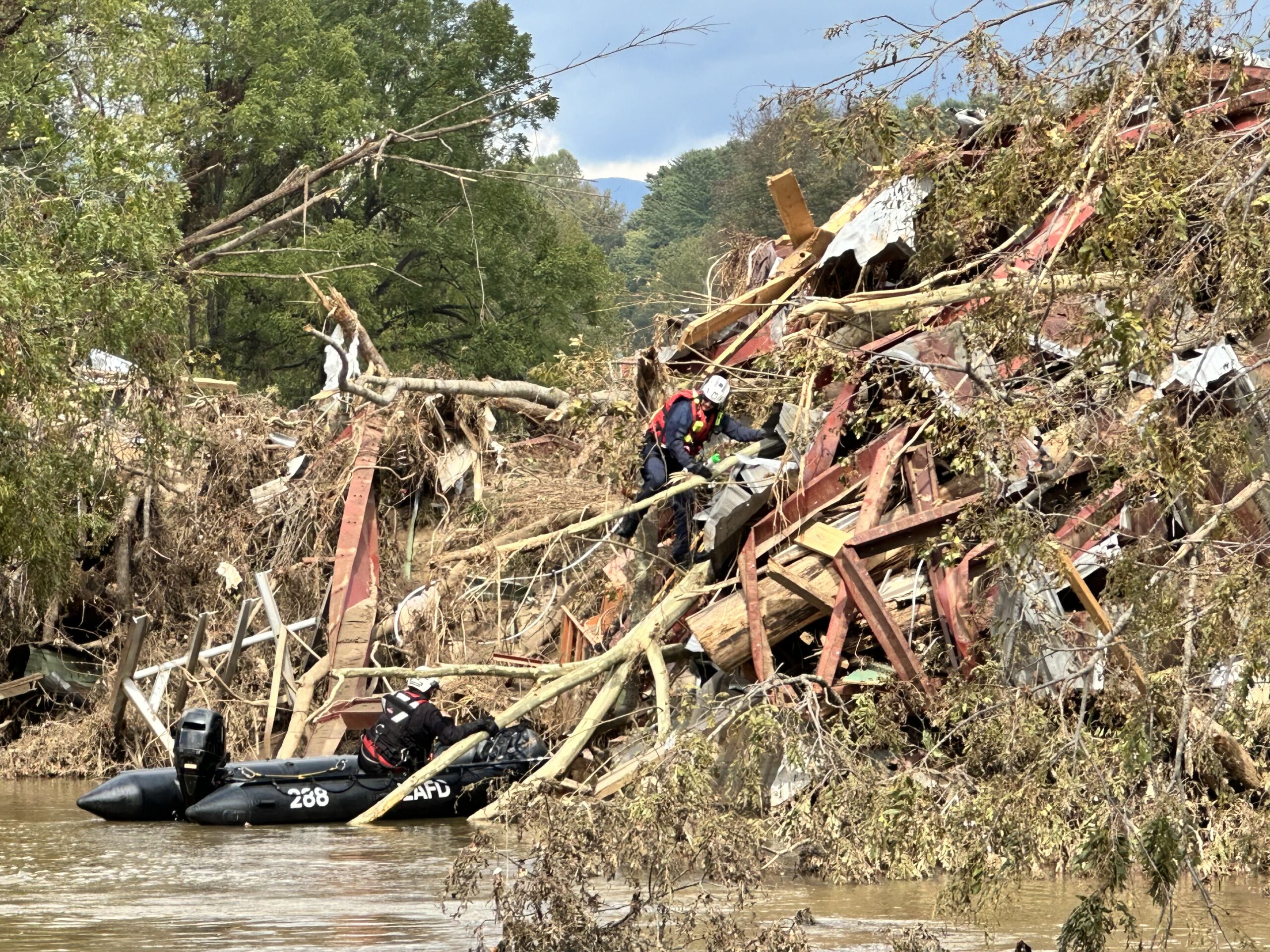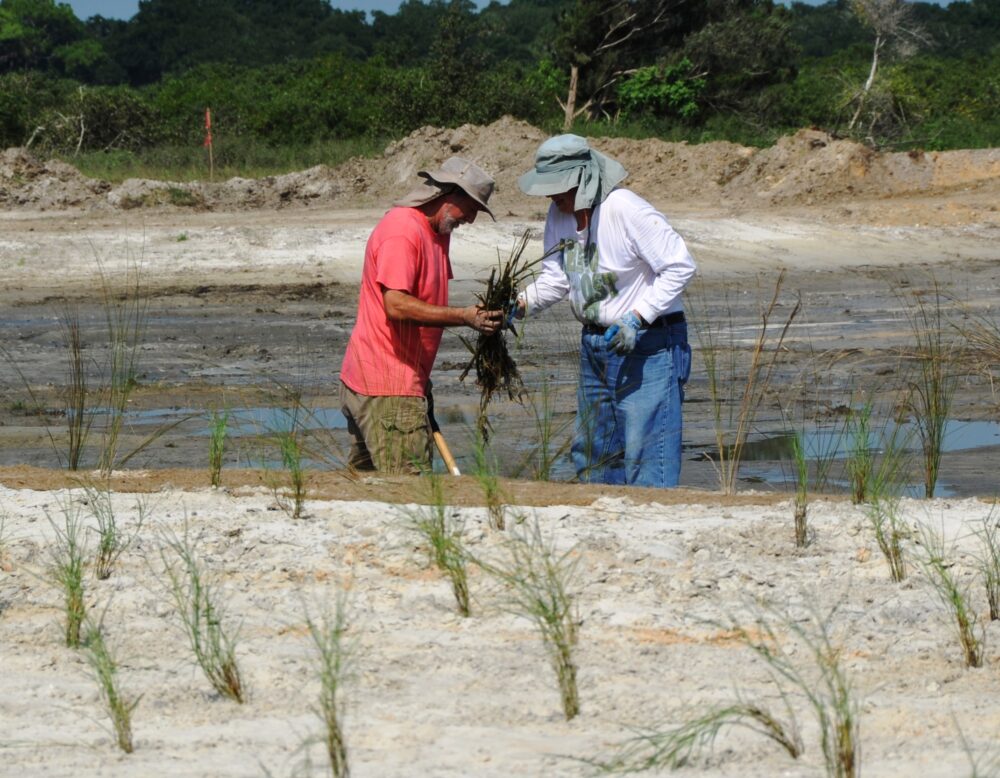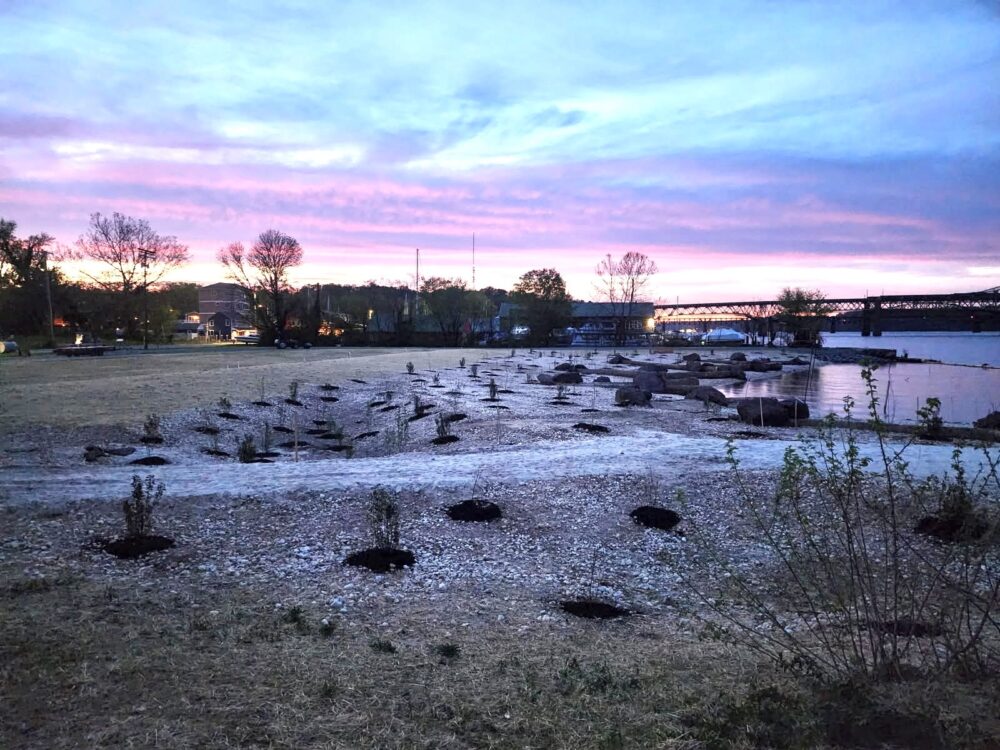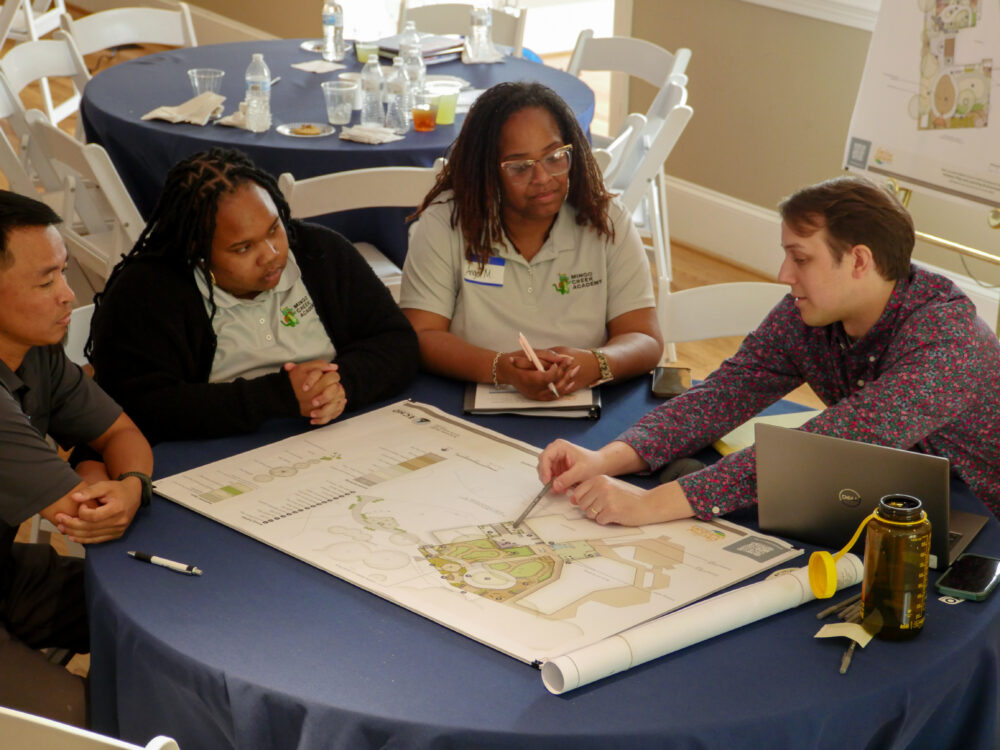We have much more to do and your continued support is needed now more than ever.
Low-Income Appalachians Face Flood Recovery Challenges
This blog is part of a series detailing the flood resilience policy roadmap for Appalachia, released by ReImagine Appalachia, Appalachian Citizens’ Law Center and the National Wildlife Federation. Read parts one, three, and four.
Hurricane Helene highlighted the devastation that flooding can have on rural communities, and underscores the new normal of flood risk in Appalachia. Even worse, communities hardest hit by these flooding disasters have disproportionately higher rates of poverty than the national average.
In Appalachia, the annual median household income is just under $45,000, more than $20,000 less than the national median. Disaster recovery can strain any household budget, but the impact is greater when that household budget was tight to begin with. The U.S. Census Bureau’s Household Pulse Survey reported in 2023 that over one-third of Americans impacted by disasters had to rely on loans or increase credit card spending to meet household needs.
For Appalachians—who are more likely to have poor credit scores and higher debt burdens—disaster response can be particularly challenging. Households that are unable to recover financially following a natural disaster may lead to greater displacement, further exacerbating issues of population decline in Appalachian communities.

These unique challenges inform the flood resilience policy roadmap for Appalachia, released earlier this year by NWF, Appalachian Citizens’ Law Center (ACLC), and ReImagine Appalachia.
The platform highlights federal policy recommendations to improve the ability of Appalachian communities to respond to and recover from floods—including ways to help low-income households. They include:
- Permanently authorize the Community Development Block Grant-Disaster Response (CDBG-DR) program, which provides grants for states, counties, local governments, Tribes, and territories to rebuild disaster-impacted areas and assist with long-term recovery. Permanent reauthorization would mean these funds could get to needy communities quicker—it currently takes, on average, nearly a year to allocate CDBG-DR funds post-disaster.
- Ensure more low and fixed-income residents can purchase flood insurance from FEMA’s National Flood Insurance Program (NFIP), via creation of a means-tested affordability framework. Flood insurance is a crucial piece of flood resilience, but its cost can be out-of-reach for lower income households. NFIP flood insurance premiums must also be paid in one lump sum annually, further exacerbating the challenge of budgeting for this cost. As Hurricane Helene’s impact has shown, many households outside of the mapped floodplain did not have flood insurance (in Buncombe County, for example, less than one percent of structures had flood insurance at the time of Helene’s landfall). It is crucial that flood premium rates are both accurate—accounting for a property’s current, true flood risk—and affordable.
Given the increased flood risks in Appalachia and the twin burdens of financial stress and cost-burdened households, greater action is needed to protect households who will continue to suffer from climate-related disasters in the coming decades.
Learn more about the flood resilience policy roadmap for Appalachia here.
Join a webinar with NWF, Appalachian Citizens’ Law Center, and ReImagine Appalachia to learn more about our coalition’s flood resilience priorities for Appalachia on December 12 from 12-1 p.m. ET. Register here.





















